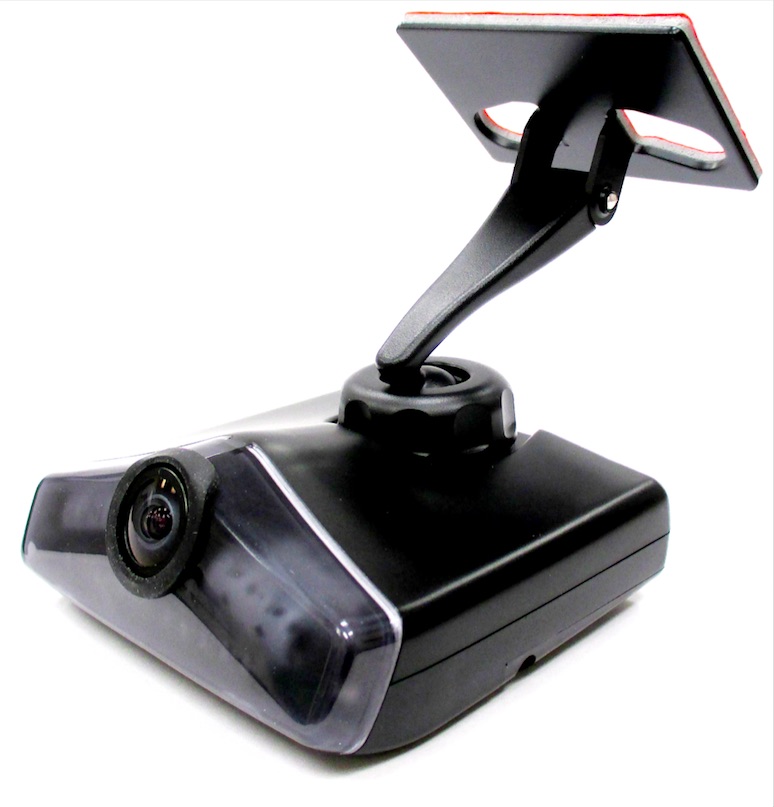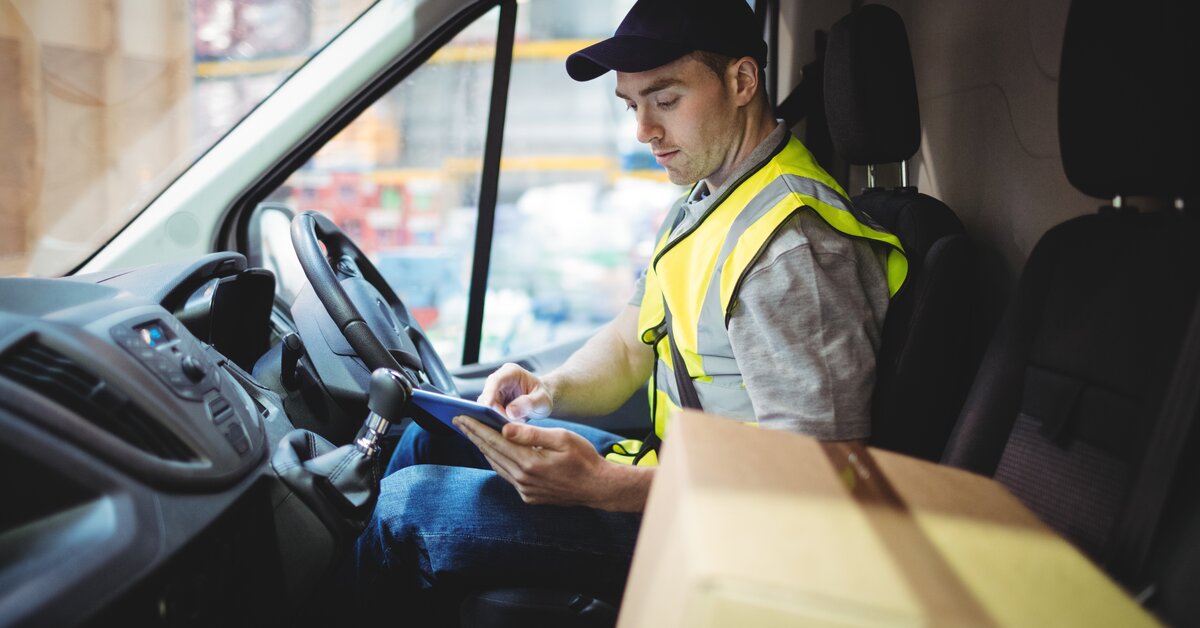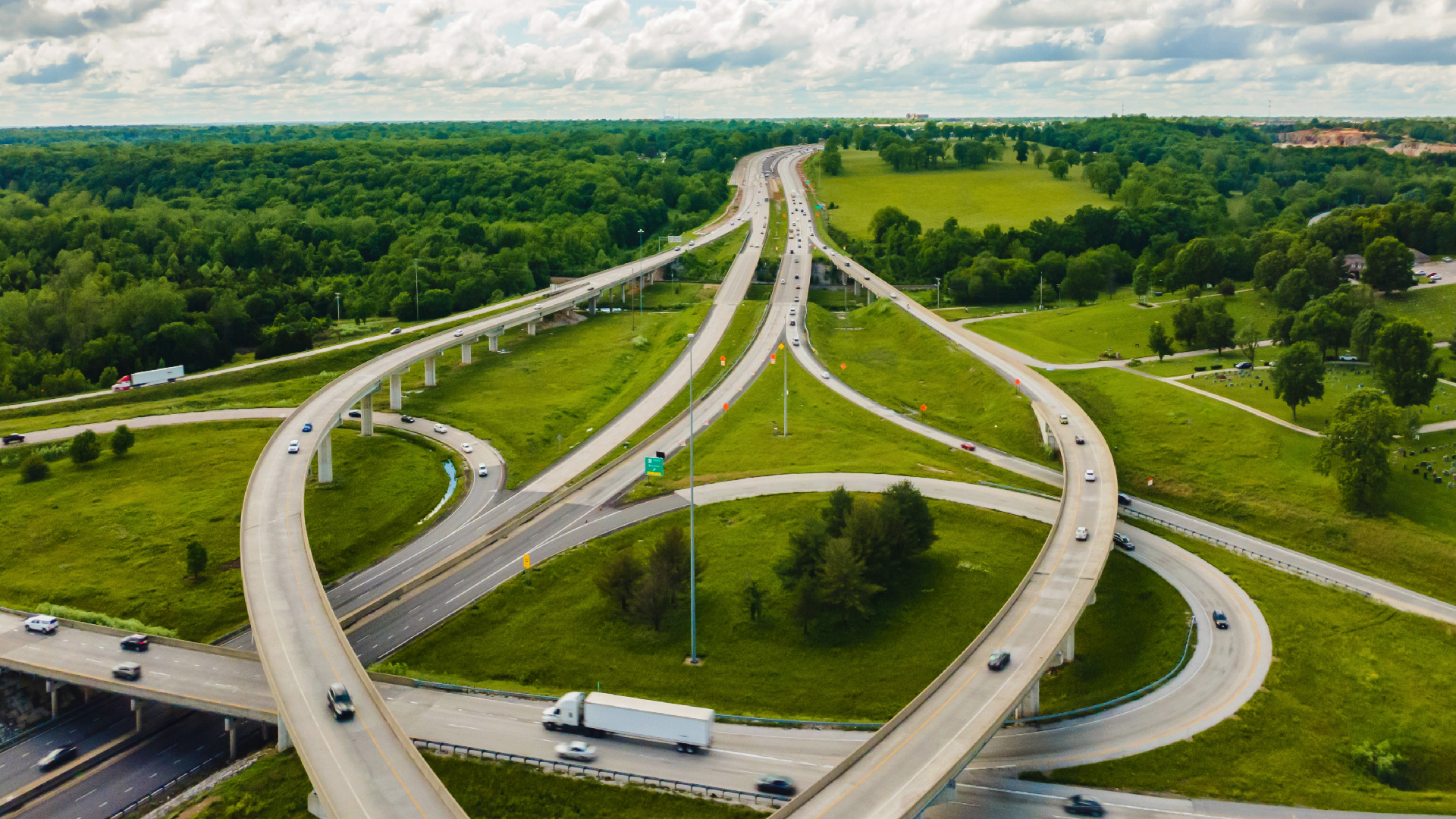Mobile in car video system: advanced telematics
While telematics tells you what happened, mobile video tells you why.
By Geotab Team
May 13, 2016
Updated: Aug 23, 2024

Mobile video technology has emerged as a powerful tool for fleet operators to maximize the value received from telematics. While telematics tells what happened on the road, video helps explain why. If you don’t have an in car video system for your drivers, now is the time to start researching.
See also: Video intelligence: Unbiased witness for fleets
Benefits of the in car video system
In-vehicle video camera systems deliver four powerful benefits to fleet operators:
- Better Driver Risk Management
- Accident Management
- Operational Effectiveness
- In-Cab Safety
Better Driver Risk Management — The best Driver Risk Management (DRM) programs now incorporate event video to isolate the root causes of driving behavior and provide better coaching during training sessions. Telematics data identifies good and bad driving based on data points like speed, hard turning, acceleration and others. Video then isolates the specific driving habits that cause the risky behaviors. Are harsh braking events caused by following too close or by distracted driving? Video also motivates better in-cab performance, dramatically reducing the frequency and severity of critical incidents.
Accident Management — Timely video evidence of critical incidents and accidents, called “first notification of loss (FNOL)” by insurers, helps exonerates drivers and fleet directors in personal injury cases, and criminal or regulatory prosecutions. Even when the driver is at fault, FNOL reduces the cost of insurance processing and payouts by up to 40%, keeping your premiums in check.
Operational effectiveness — The real-time situational awareness provided by an in car video system helps refine operations, improve customer relations and increase profitability. Did complications at the customer site impede delivery? Was the driver off-route for personal or professional reasons? Are road, weather, traffic or other route conditions impacting fuel consumption and vehicle wear and tear?
In-Cab Safety — According to the U.S. Department of Labor, “Every 12 minutes someone dies in a motor vehicle crash, every 10 seconds an injury occurs and every 5 seconds a crash occurs. Work-related vehicle incidents can be very costly to employers and drivers. In cab monitoring can help employers reduce risk and keep drivers and passengers safe.

See also: Fleet camera and video features explained
How to choose a mobile video solution
So how do you decide on the mobile video solution that is right for your fleet?
Five essential features to look for when considering mobile video solutions:
- Clip-to-Cloud — The best solutions send video clips automatically to the cloud when an incident occurs. This secures the video evidence from tampering, and enables immediate clip viewing and response from fleet managers. Basic digital video recorder (DVR) dash cameras only record internally, with no capacity for real-time notification or response from fleet managers.
- Data Management — Automatic incident clip storage and archiving from all vehicles in the fleet is essential. DVR dash cameras require manual daily downloading from each camera in the fleet and an ongoing commitment to catalogue and archive the video on the company server – a cumbersome and inefficient option for mid to large sized fleets.
- Customized Camera Configurations — The ability to add additional cameras, and mount them in positions that best suit the data requirements. Single camera solutions – or fix position cameras with road and cab-facing cameras in a single housing – limit the opportunity for fleets to capture the data most relevant to their needs.
- Unlimited Access to Your Video Data — A readily accessible and easy to use portal for fleet managers to access and browse video, and ‘live view’ situations when necessary. Surprisingly, some mobile video providers claim ownership over all customer-generated video. They generate reporting based on this video, but restrict fleet customers from independently accessing or viewing their video on their own.
- Data Integration — Effective integration of video with data from the existing telematics system. This enables the use of any telematics event – including those generated by accelerometers, geo-fences, GPS, speed and others – to ‘trigger’ video clip capture.
Video telematics promises to dramatically improve the way fleets operate. To fulfil this promise, make sure you clearly identify the expected benefits and select the right solution to meet your short and long term goals.
Subscribe to get industry tips and insights
The Geotab Team write about company news.
Subscribe to get industry tips and insights
Related posts

.jpg)

Creating a fleet safety culture that’s built to last: Lessons from Missouri DOT and NYC
July 7, 2025
8 minute read

The fleet safety incentive program checklist for driver engagement that lasts
June 19, 2025
2 minute read

Building a self-sustaining school bus driver safety program with Geotab Vitality
June 13, 2025
7 minute read
